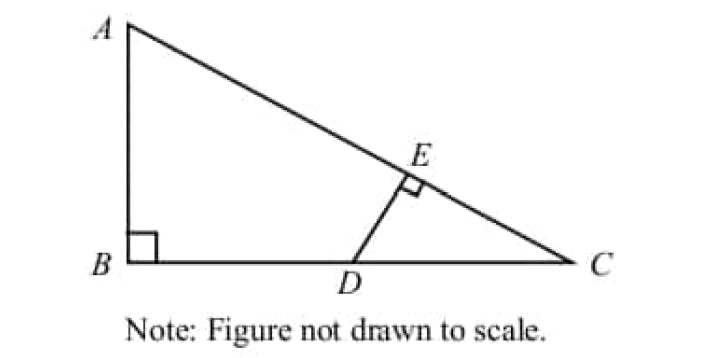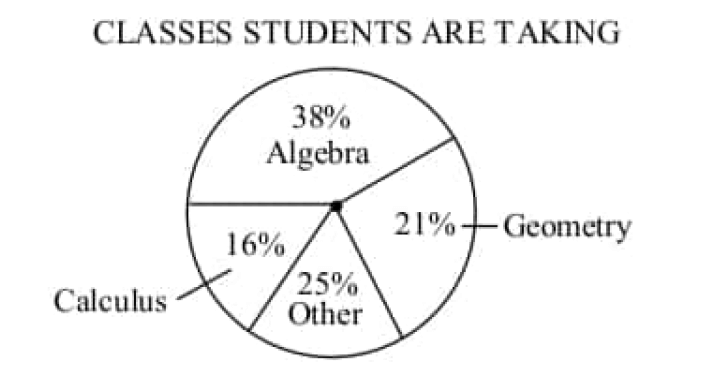CENSUS AND SAMPLE METHODS OF COLLECTION OF DATA
Census :
A census is a method which involves collecting data about every individual in a whole population.
Sample :
A sample is a method involves collecting data about a part of population only.
Census :
The individuals in a population may be people or objects. A census is detailed and accurate but is expensive, time consuming, and often impractical.
Sample :
A sample is cheaper and quicker than a census but it is not as detailed or as accurate. Conclusion drawn from samples always involve some error.
Problem 1 :
State whether a census or a sample would be used for these investigations :
a) the reasons for people using taxis.
b) the heights of the basketballers at a particular school.
c) finding the percentage of people in a city who suffer from asthma.
d) the resting pulse rates of members of your favourite sporting team
e) finding the country of origin of immigrants
f) the amount of daylight each month where you live.
Solution :
(a) This can be done only for the people who are using taxis. So it is sample.
(b) Every individual will have different height. So it is Census.
(c) It is about collecting data from the small population. So it is sample.
(d) Census.
(e) Census.
(f) Sample
Problem 2 :
Would a census or sample be used to investigate:
a) the length of time an electric light globe will last
b) the causes of car accidents in a particular state
c) the number of people who use White-brite toothpaste?
Solution :
a) Sample. It is impractical to test every light globe produced as there would be none left for sale!
b) Census. An accurate analysis of all accidents would be required.
c) Sample. It would be very time consuming to interview the whole population to find out who uses or does not use White-brite toothpaste.
Problem 3 :
Suggest a possible bias in each of the following samples:
a) a phone survey during the day
b) a survey of people on a train station
c) a survey of a football crowd
Solution :
a) The sample would be biased towards people who are at home during the day. It would not include people who go out to work.
b) The sample would be biased towards people who catch the train. It would not include people who use other forms of transport or work at home.
c) The sample would be biased towards people who attend football matches. For example, there would probably be more males than females attending football matches.
Problem 4 :
State whether a census or a sample would be used for each of these investigations:
a) the number of goals scored each week by a netball team
b) the heights of the members of a football team
c) the most popular radio station
d) the number of children in a family
e) the number of loaves of bread bought each week by a family
f) the pets owned by students in a year 7 class.
g) the number of leaves on the stems of plants
Solution :
a) The number of goals scored each week by a netball team is the data collected from each team, then it is census.
b) The heights of the members of a football team is the data collected from each individual, then it is census.
c) From the sample of radio station, we decide it is most popular. Then it is sample.
d) Sample
e) the number of loaves of bread bought each week by a family is the data collected from each family. Then it is census.
f) Census
g) the number of leaves on the stems of plants cannot be collected from each plant in the world, then it is sample.
Problem 5 :
Explain and discuss any possible bias in the following samples:
a) a phone survey on a Saturday night
b) a survey of people at a bus stop
c) a survey of people in a supermarket carpark
d) a survey of people at the beach
e) a survey of people in your street
Solution :
a) The survey would be biased towards people who were home on a Saturday night.
b) The survey would be biased towards people who catch the bus.
c) The survey would be biased towards people who go to the supermarket and who have access to a car.
d) The survey would not include people who do not go to the beach.
e) People who do not live in your street would not be represented.
Problem 6 :
Comment on any possible bias in the following situations:
a) Year 7 students are interviewed about changes to the school uniform.
b) Motorists stopped in peak hour are interviewed about traffic problems.
c) Real estate agents are interviewed about the prices of houses.
d) Politicians are interviewed about the state of the country’s economy.
e) People are asked to phone in to register their vote on an issue.
f) An opinion poll is conducted by posting a questionnaire to people.
g) An advertisement claims that “Dog breeders recommend Puppy Meats dog food.”
Solution :
a) Only the views of Year 7 students would be considered. The other year levels are not represented.
b) Motorists stopped in peak hour are more likely to be critical of traffic problems.
c) Real estate agents are likely to say that house prices are higher than they actually are.
d) Politicians are likely to say that the economy is in a better or worse shape than it actually is, depending on which party they belong to.
e) Only people with access to a phone are able to vote, and only people with strong opinions about the issue will phone in.
f) People who do not have strong opinions about the issue or who are very busy will not take the time to fill out the
questionnaire and post it back.
g) This claim is unlikely to represent the views of all dog
breeders. It is more likely to represent the views of a small (and possibly biased) sample of dog breeders
Kindly mail your feedback to v4formath@gmail.com
We always appreciate your feedback.
©All rights reserved. onlinemath4all.com
Recent Articles
-
Digital SAT Math Problems and Solutions (Part - 216)
Jul 16, 25 01:28 AM
Digital SAT Math Problems and Solutions (Part - 216) -
Digital SAT Math Problems and Solutions (Part - 215)
Jul 15, 25 01:24 PM
Digital SAT Math Problems and Solutions (Part - 215) -
Digital SAT Math Problems and Solutions (Part - 214)
Jul 14, 25 08:54 PM
Digital SAT Math Problems and Solutions (Part - 214)

